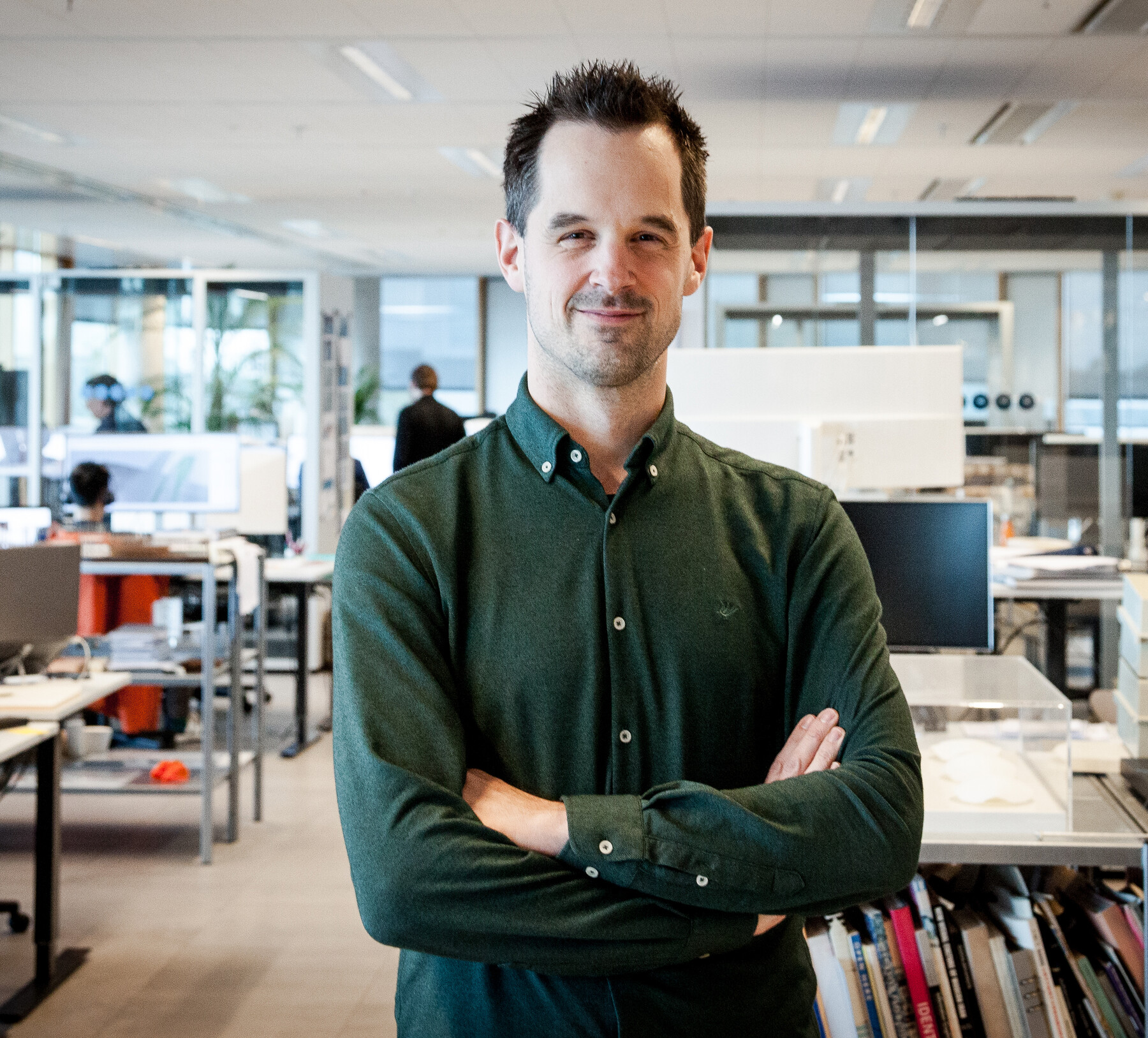As a child Joris’s ambition was to become an inventor. His drawings featured intricate machines with gears, cogs, chains and pistons. It took him a while to choose a university course, but he eventually opted for civil engineering at TU Delft. Building bridges appealed to him in particular, big structures in which the shapes are directly related to the underlying physical principles. He was completely in his element, but during an internship he discovered that engineers were usually supposed to give precedence to the architect’s vision, which left little room for experiment and invention.
‘This dichotomy between engineering and architecture is understandable, as a matter of specialization. But I was more interested in the combination of the two. That’s why I did a second master’s in architecture.’
At ZJA he found a firm that believes in making room for experimentation. He agrees that the best results come from a simultaneous development of structural design and architecture. That can work only if all the disciplines in a design team truly understand each other. Computational design is a powerful tool for achieving this, and he loves using it.
‘It enables us to start a new voyage of discovery, to free ourselves from rules of thumb and search for a unique solution for every assignment. The goal is reached once all redundant material has been cut away and the viewer wonders how on earth it can actually remain upright.’
